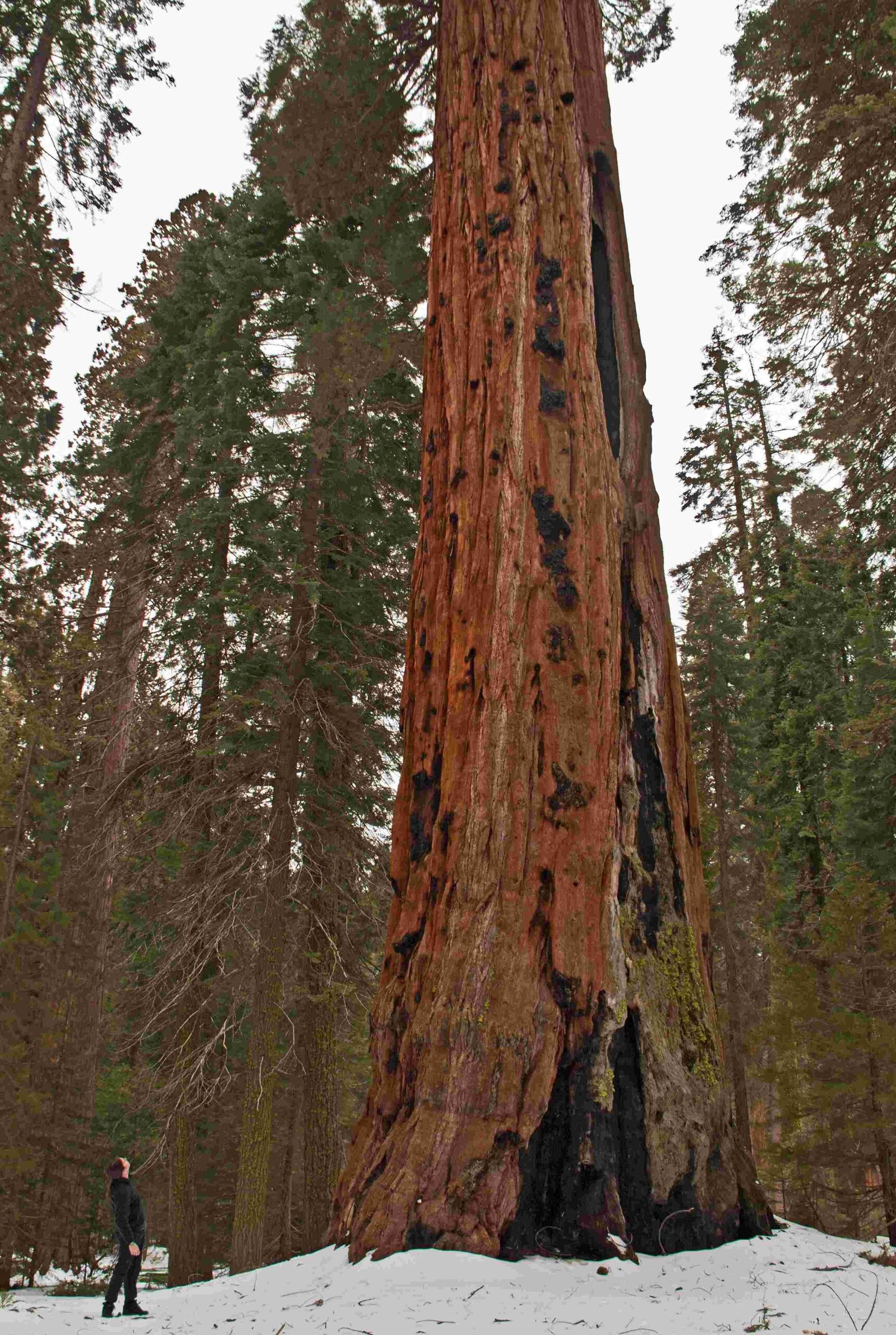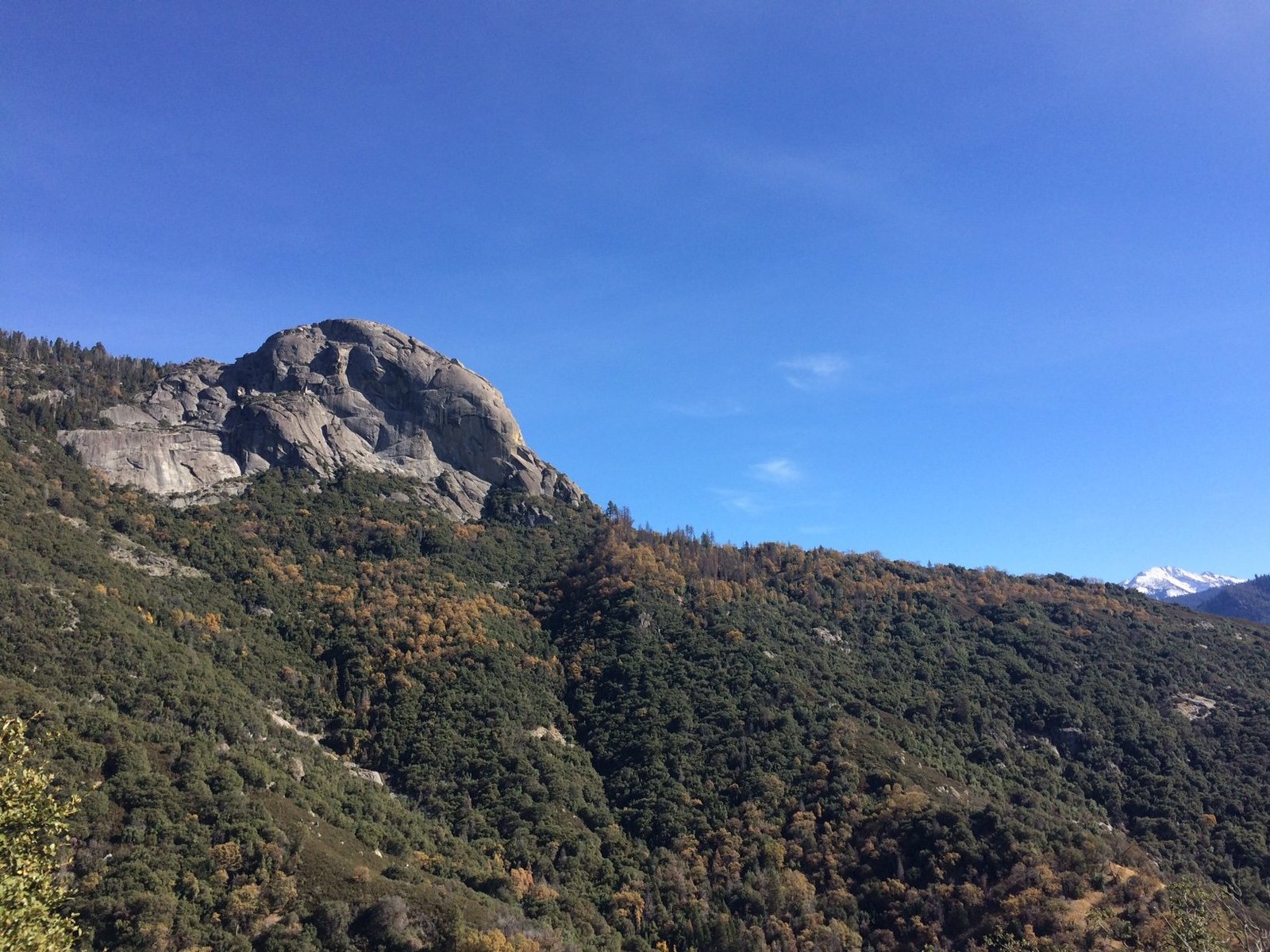Misty meadow in Sequoia National Park, likely referring to Crescent Meadow, is a serene and picturesque location nestled among giant sequoias. This 1.4-mile loop trail offers visitors an easy to moderate hike with opportunities to observe diverse wildlife and capture stunning photographs. The meadow’s misty atmosphere, particularly during early mornings and evenings, creates a magical setting that changes with the seasons, providing unique experiences year-round for nature enthusiasts and photographers alike.
What is the Best Time to Visit Misty Meadow in Sequoia National Park?

The optimal time to visit the misty meadow in Sequoia National Park depends on your preferences and what you hope to experience. Here’s a breakdown of what each season offers:
Spring (Late March to May)
- Wildflowers begin to bloom
- Mild temperatures
- Occasional rain showers
- Fewer crowds
Summer (June to August)
- Peak tourist season
- Warm temperatures
- Clear skies
- Lush green meadows
Fall (September to November)
- Cooler temperatures
- Changing foliage colors
- Less crowded than summer
- Crisp air and clear skies
Winter (December to February)
- Snow-covered landscapes
- Limited access due to weather conditions
- Quiet and serene atmosphere
- Opportunity for winter activities
For the best overall experience, late spring to early fall is recommended. This period offers pleasant weather, full accessibility, and the chance to see the meadow in its most vibrant state.
How Can I Access the Misty Meadow Trail?

To reach the misty meadow (Crescent Meadow) in Sequoia National Park, follow these steps:
- Drive to the Giant Forest area of the park
- Park at the High Sierra Trailhead
- Begin your hike on the Crescent Meadow Loop Trail
- Follow the trail for approximately 0.2 miles
- Branch off towards Crescent Meadow
The total distance of the loop is 1.4 miles, making it an accessible hike for most visitors. Remember to check trail conditions and park alerts before setting out, as weather and other factors can affect accessibility.
What Wildlife Can I Expect to See at Misty Meadow?
The misty meadow in Sequoia National Park is home to a diverse array of wildlife. Here’s a list of some animals you might encounter:
- Black bears
- Mule deer
- Squirrels (various species)
- Chipmunks
- Birds (woodpeckers, jays, chickadees)
- Marmots
- Occasional sightings of bobcats or mountain lions (rare)
To increase your chances of wildlife sightings:
- Visit during early morning or late evening hours
- Move quietly and slowly through the area
- Bring binoculars for distant viewing
- Stay on designated trails to minimize disturbance
- Never feed or approach wildlife
Remember to maintain a safe distance from all animals, especially bears, and follow park guidelines for wildlife viewing.
What Photography Tips Can Enhance My Misty Meadow Experience?
Capturing the beauty of the misty meadow requires some preparation and technique. Here are some tips to help you take stunning photographs:
Equipment Recommendations:
- DSLR or mirrorless camera
- Wide-angle lens (e.g., 16-35mm) for landscapes
- Telephoto lens (e.g., 70-200mm) for wildlife
- Sturdy tripod for low-light conditions
- Polarizing filter to enhance colors and reduce glare
Composition Tips:
- Use the Rule of Thirds to create balanced images
- Include foreground elements to add depth
- Frame shots with tree branches or trunks
- Capture reflections in water bodies if present
- Experiment with different perspectives (low angle, high angle)
Lighting Considerations:
- Golden Hour (just after sunrise or before sunset) for warm, soft light
- Blue Hour (just before sunrise or after sunset) for ethereal, misty shots
- Overcast days for even lighting and saturated colors
Subject Focus:
- Giant sequoias as focal points
- Wildflowers in the foreground
- Wildlife in their natural habitat
- Misty atmosphere and light rays through trees
Remember to respect the environment and wildlife while photographing. Stay on designated trails and follow all park regulations.
How Does the Misty Meadow Change Throughout the Seasons?
The misty meadow in Sequoia National Park undergoes significant transformations throughout the year. Here’s a seasonal breakdown:
| Season | Landscape Changes | Wildlife Activity | Photographic Opportunities |
|---|---|---|---|
| Spring | Wildflowers bloom, new growth emerges | Animals become more active after winter | Colorful flora, baby animals |
| Summer | Lush green meadows, full foliage | Peak activity for most species | Vibrant landscapes, diverse wildlife |
| Fall | Changing leaf colors, golden grasses | Animals preparing for winter | Autumn colors, foraging wildlife |
| Winter | Snow-covered landscape, bare trees | Reduced activity, some hibernation | Snow-capped sequoias, winter wildlife |
Each season offers unique photographic and wildlife viewing opportunities. Spring and early summer are ideal for wildflower enthusiasts, while fall provides stunning color contrasts. Winter, though challenging, can offer serene and magical snow-covered scenes.
What Should I Pack for a Visit to Misty Meadow?
When planning a trip to the misty meadow in Sequoia National Park, it’s essential to be prepared. Here’s a comprehensive packing list:
Essentials:
- Water (at least 1 liter per person)
- Snacks or light meals
- Sun protection (hat, sunscreen, sunglasses)
- Insect repellent
- First aid kit
- Map and compass (or GPS device)
- Flashlight or headlamp
Clothing:
- Layered clothing (temperatures can vary)
- Comfortable hiking shoes or boots
- Rain jacket (weather can change quickly)
- Warm hat and gloves (for cooler seasons)
Photography Gear:
- Camera and lenses
- Extra batteries and memory cards
- Tripod
- Lens cleaning kit
Wildlife Viewing:
- Binoculars
- Field guide for local flora and fauna
Miscellaneous:
- Backpack to carry supplies
- Trash bag (pack out what you pack in)
- Hand sanitizer
- Portable phone charger
Remember to check current park regulations and trail conditions before your visit, as requirements may change seasonally or due to specific circumstances.
How Can I Contribute to the Conservation of Misty Meadow?
Preserving the beauty and ecological integrity of the misty meadow in Sequoia National Park is crucial. Here are ways you can contribute to its conservation:
- Follow Leave No Trace Principles:
- Pack out all trash
- Stay on designated trails
-
Do not pick flowers or disturb wildlife
-
Support Park Conservation Efforts:
- Donate to park conservation funds
- Participate in volunteer programs
-
Attend educational ranger programs
-
Practice Responsible Tourism:
- Respect wildlife by maintaining a safe distance
- Use eco-friendly products during your visit
-
Carpool or use park shuttles to reduce emissions
-
Spread Awareness:
- Share your experiences and conservation messages on social media
-
Educate friends and family about the importance of preserving natural areas
-
Report Issues:
- Notify park rangers of any trail damage, wildlife concerns, or rule violations
By following these guidelines and actively participating in conservation efforts, you can help ensure that the misty meadow remains a pristine and beautiful destination for future generations to enjoy.
Remember, the misty meadow in Sequoia National Park is not just a scenic location, but a vital ecosystem that supports diverse flora and fauna. Your responsible visitation and conservation efforts play a crucial role in maintaining this natural wonder.

